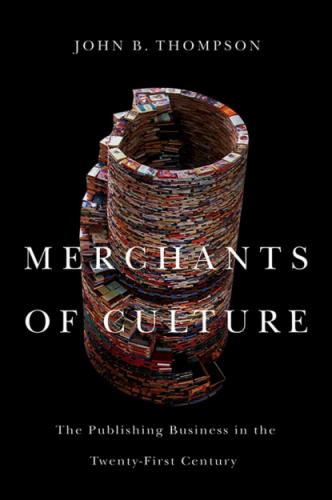Table 4 Sales by channel for a major UK trade publisher, 2000 and 2006
| Channel | 2000 (%) | 2006 (%) |
|---|---|---|
| Waterstone’s/Ottakar’s | 28 | 23 |
| WH Smith | 13 | 12 |
| Other chains | 11 | 11 |
| Independents | 8 | 3 |
| Wholesalers | 14 | 9 |
| Library | 4 | 2 |
| Travel | 8 | 9 |
| Internet | 2 | 7 |
| Supermarkets | 12 | 25 |
In June 2011 the HMV Group announced the sale of Waterstone’s to the Russian billionaire Alexander Mamut for £53 million. HMV was facing serious financial difficulties, with declining sales and high levels of borrowing, and the sale of Waterstone’s was part of a broader strategy aimed at reducing its overall debt and securing new lending agreements with its creditors. The new owner of Waterstone’s installed James Daunt as managing director. As the founder of Daunt Books, a small independent bookselling chain in London, Daunt had forged a reputation for running attractive, high-quality bookstores that served a loyal customer base. Managing a large nationwide chain of bookstores that face growing pressure from the supermarkets, from Amazon and from the growth of ebook sales will be a challenge of an altogether different order.
We shall return in later chapters to the consequences of these enormous changes in the retail landscape of bookselling in the United States and Britain. But first we must examine the other structural transformations of the publishing field.
1 1 See Laura J. Miller, Reluctant Capitalists: Bookselling and the Culture of Consumption (Chicago: University of Chicago Press, 2006), ch. 2.
2 2 Ibid., p. 35.
3 3 Ibid.
4 4 Epstein, Book Business, pp. 103ff.
5 5 ‘Frontlist’ refers to new and recently published books. A title is commonly treated as frontlist for up to 12 months, after which it becomes a backlist title.
6 6 See Stephen Horvath, ‘The Rise of the Book Chain Superstore’, Logos, vol. 7, no. 1 (1996), p. 43.
7 7 Stephanie Oda and Glenn Sanislo, The Subtext 2007–2008 Perspective on Book Publishing: Numbers, Issues and Trends (Darien, Conn.: Open Book, 2007), p. 67.
8 8 Ibid., p. 64.
9 9 Whiteside, The Blockbuster Complex, p. 41.
10 10 See Ted Striphas, The Late Age of Print: Everyday Book Culture from Consumerism to Control (New York: Columbia University Press, 2009), p. 56. Striphas points out that in 1997 the ABA estimated that there were around 12,000 independent retail bookstores in business in the US; ABA members would have accounted for less than a third of these.
11 11 Oda and Sanislo, The Subtext 2007–2008 Perspective, p. 64.
12 12 For a full account of the legal challenges, see the excellent discussion in Miller, Reluctant Capitalists, ch. 7.
13 13 Ibid., pp. 179–80.
14 14 Ibid., p. 180.
15 15 Co-op advertising is a cost-sharing arrangement between the publisher and the retailer in which the publisher pays for part of the retailer’s promotion costs. This is discussed in more detail in ch. 7.
16 16 Epstein, Book Business, p. 103.
17 17 See Epstein, Book Business, ch. 2.
18 18 Robert Spector, Amazon.com: Get Big Fast (London: Random House, 2000), p. 216.
19 19 Oda and Sanislo, The Subtext 2007–2008 Perspective, p. 64.
20 20 Used-Book Sales: A Study of the Behavior, Structure, Size, and Growth of the US Used-Book Market (New York: Book Industry Study Group, 2006), p. 9.
21 21 Charles Fishman, The Wal-Mart Effect: How an Out-of-Town Superstore Became a Superpower (London: Penguin, 2006), p. 6.
22 22 Ibid., pp. 5–6.
23 23 The retail book market represents only part of total book sales. US sales for all books, including tests for the educational market, were $38.08 billion in 2006, an increase of 3.1 per cent from 2005. Unit sales for all books (excluding tests) were flat in 2006 – 3.1 billion units, an increase of 0.5 per cent from 2005. See Oda and Sanislo, The Subtext 2007–2008 Perspective, p. 1.
24 24 See John Feather, A History of British Publishing, 2nd edn (London: Routledge, 2006), pp. 100–2.
25 25 Ibid., p. 202.
26 26
